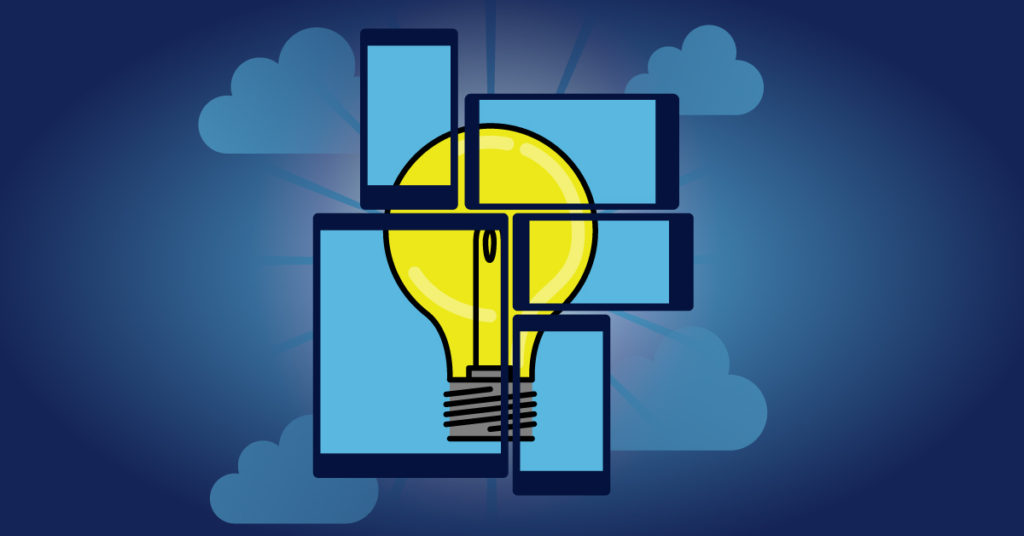What Is the Product Life Cycle?
In today’s rapidly evolving marketplace, where new products are constantly being introduced and consumer preferences are constantly shifting, understanding the concept of product life cycle is more important than ever. It serves as a guide for businesses to effectively manage their products throughout their lifespan, enabling them to make informed decisions and adapt their strategies accordingly.
How the Product Life Cycle Works
Products, like people, have life cycles. The life cycle of a product is broken into four stages—introduction, growth, maturity, and decline.
During the introduction stage, the product is new to the market and consumers are not yet aware of its existence. The company’s main goal in this stage is to create awareness and generate interest in the product. Marketing efforts are focused on educating consumers about the product’s features, benefits, and how it can meet their needs. This stage requires significant investment in advertising and promotional activities to build brand awareness and attract early adopters.
As the product gains traction and consumer demand increases, it enters the growth stage of its life cycle. During this stage, sales and profits start to rise rapidly. Companies often face increased competition as other businesses recognize the product’s potential and enter the market. To maintain their market share and capitalize on the growth, companies may need to invest in expanding production capacity, improving distribution channels, and enhancing customer service.
After a period of rapid growth, the product eventually reaches maturity. In the maturity stage, sales growth stabilizes, and the market becomes saturated with competitors offering similar products. At this point, the focus shifts from gaining new customers to retaining existing ones. Companies may introduce product variations or upgrades to differentiate themselves from competitors and maintain customer loyalty. Pricing strategies may also be adjusted to remain competitive in the market.
Finally, every product goes through the decline stage. This stage is characterized by a decline in sales and profits as consumer preferences shift or new technologies emerge. Companies may choose to discontinue the product or keep it in the market with reduced marketing efforts. Some products may experience a gradual decline, while others may face a more rapid decline due to disruptive innovations. It is crucial for companies to identify the decline stage and plan accordingly by either introducing new products or finding alternative markets.
Advantages of Using the Product Life Cycle
The product life cycle better allows marketers and business developers to better understand how each product or brand sits with a company’s portfolio. This enables the company to internally shift resources to specific products based on those products’ positioning within the product life cycle.
For example, a company may decide to reallocate market staff time to products entering the introduction or growth stages. Alternatively, it may need to invest more cost of labor in engineers or customer service technicians as the product matures.
The product life cycle naturally tends to have a positive impact on economic growth, as it promotes innovation and discourages supporting outdated products. As products move through the life cycle stages, companies that use the product life cycle can realize the need to make their products more effective, safer, efficient, faster, cheaper, or better suited to client needs.
Understanding the product life cycle is crucial for any business. It provides valuable insights into the current and future state of a product, allowing companies to make informed decisions and optimize their resources. By examining each stage of the life cycle, businesses can better understand consumer demand, competition, and market trends, ultimately leading to more successful product launches and continued growth.
Ready to iterate and learn throughout your product’s life cycle? Remember, optimizing your product development process is an ongoing journey. Embrace change, foster a learning mindset, and continuously refine your approach. By doing so, you’ll position your product for success in the ever-evolving market. Contact us today!




